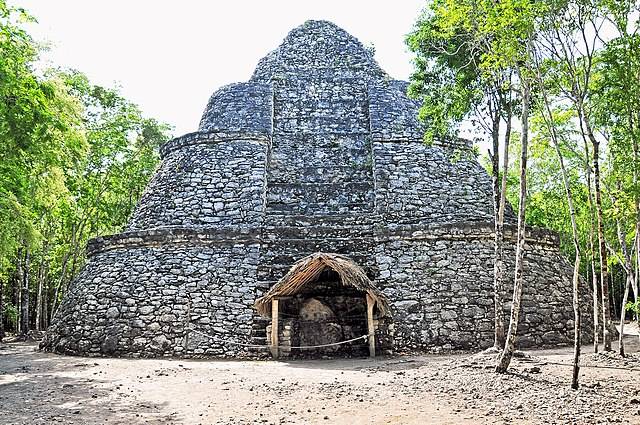The Ancient Maya City of Cobá: A Nexus of Civilization in Quintana Roo
Cobá, an ancient Maya city located on the Yucatán Peninsula within the Mexican state of Quintana Roo, stands as a significant archaeological site that offers profound insights into the ceremonial life and pivotal events of the Late Classic Period (AD 600–900) of Mesoamerican civilization. This city is distinguished by its extensive network of stone causeways, known as sacbeob, and its collection of engraved and sculpted stelae that document the rich ceremonial life and significant historical events of its time.
Get your dose of History via Email
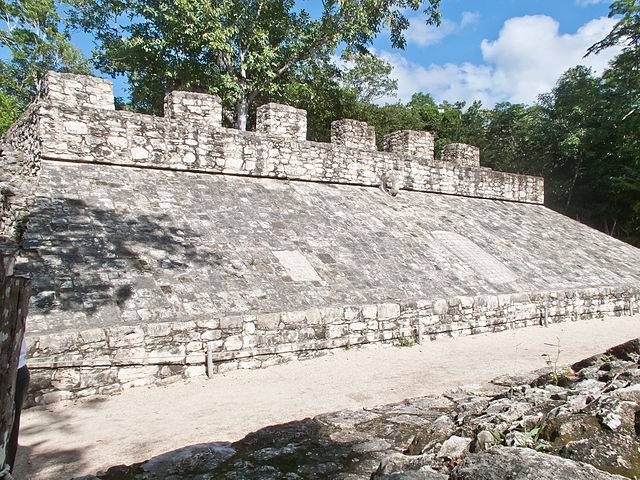
Geographic and Environmental Context
Situated 47 km northwest of Tulum, Cobá’s ruins are strategically located around two lagoons, Lake Cobá and Lake Macanxoc. This positioning provided the ancient city with a unique advantage in terms of access to water resources and trade routes. The city’s architecture and urban planning are characterized by a series of elevated stone and plaster roads that radiate from the central site to various smaller sites, facilitating connectivity across its vast expanse. Among its architectural marvels is the Nohoch Mul pyramid group, with the Ixmoja pyramid reaching approximately 42 meters in height, making it one of the tallest pyramids on the Yucatán peninsula.
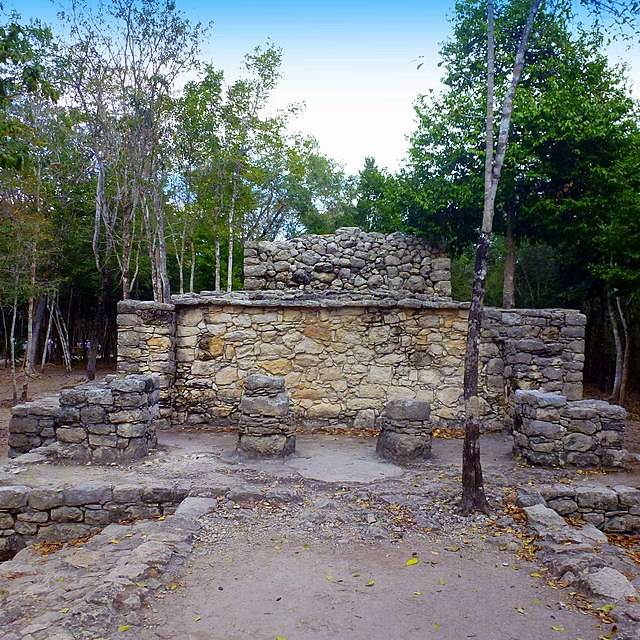
Historical Significance
Archaeological evidence suggests that Cobá was first settled between 50 BC and 100 AD, with significant population growth and social-political development occurring after 100 AD. At its zenith, Cobá is estimated to have had a population of around 50,000 inhabitants, possibly more, extending over an area of approximately 80 km2. The city’s prominence in the Maya world is attributed to its control over vast farmlands, strategic trade routes, and crucial water resources. Cobá maintained influential contacts and alliances with other major Maya city-states, including those in Guatemala and the south of Campeche, such as Tikal and Calakmul.
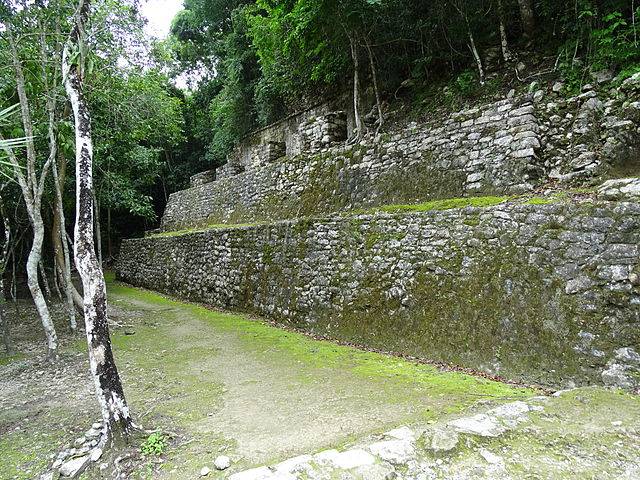
The Sacbeob: Engineering Marvels of the Maya World
The sacbeob, or white roads, are among the most notable features of Cobá, serving as critical infrastructure that connected the city to other settlements. These raised pathways, constructed with stones and lined with sand, shell, or plaster, underscore the advanced engineering skills of the Maya. Despite the Maya’s knowledge of the wheel, the absence of suitable draft animals meant that these roads were not used for wheeled transport but rather for pedestrian and trade purposes.
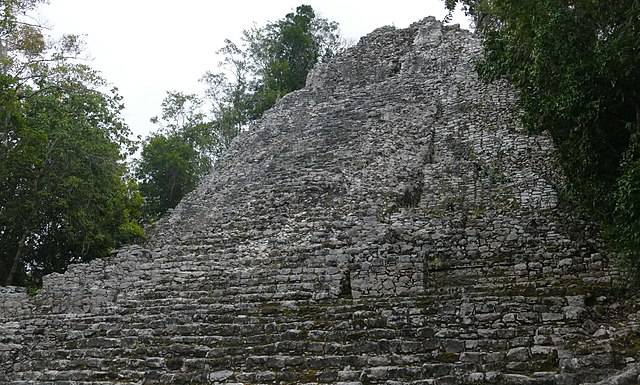
Decline and Legacy
The political landscape of the Yucatán peninsula underwent significant changes around 900 or 1000 AD, with the rise of powerful city-states such as Chichén Itzá. This shift marked the beginning of Cobá’s decline in political dominance, although it retained some symbolic and religious significance. Cobá continued to witness construction activities until the arrival of the Spanish in the 16th century, indicating its enduring importance in the Post-Classic era.
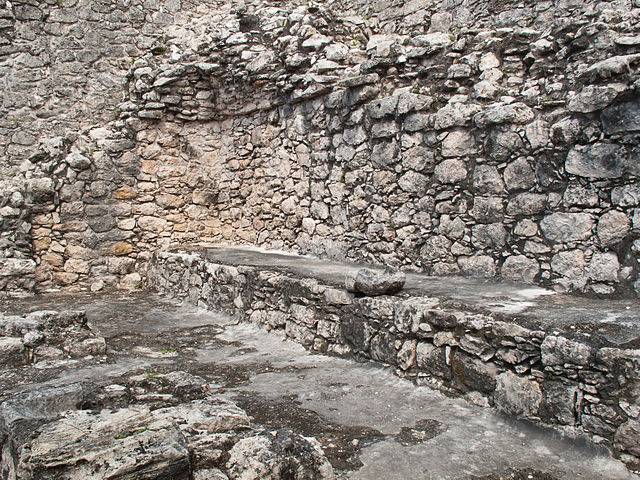
Exploration and Archaeological Investigations
The modern exploration of Cobá began in the late 19th and early 20th centuries, with significant contributions from explorers and archaeologists such as Thomas Gann, Alfred Kidder, and J. Eric S. Thompson. These early explorations laid the groundwork for subsequent archaeological investigations, which have revealed much about the city’s layout, social structure, and economic practices. The establishment of a modern road in the 1970s facilitated access to Cobá, leading to increased archaeological activity and tourism.
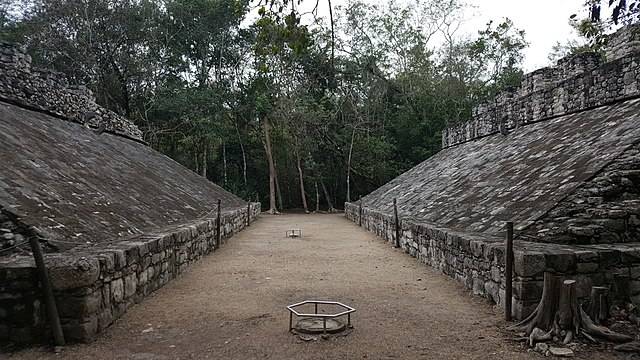
Cobá Today: A Testament to Maya Civilization
Today, Cobá serves as a vital link to understanding the Maya civilization, attracting researchers and tourists alike. The site’s structures, including the Nohoch Mul pyramid and the extensive network of sacbeob, offer invaluable insights into the architectural, economic, and social dynamics of the ancient Maya. As archaeological investigations continue, Cobá is poised to reveal even more about the complexities of Maya civilization and its enduring legacy on the Yucatán Peninsula.
Sources:

